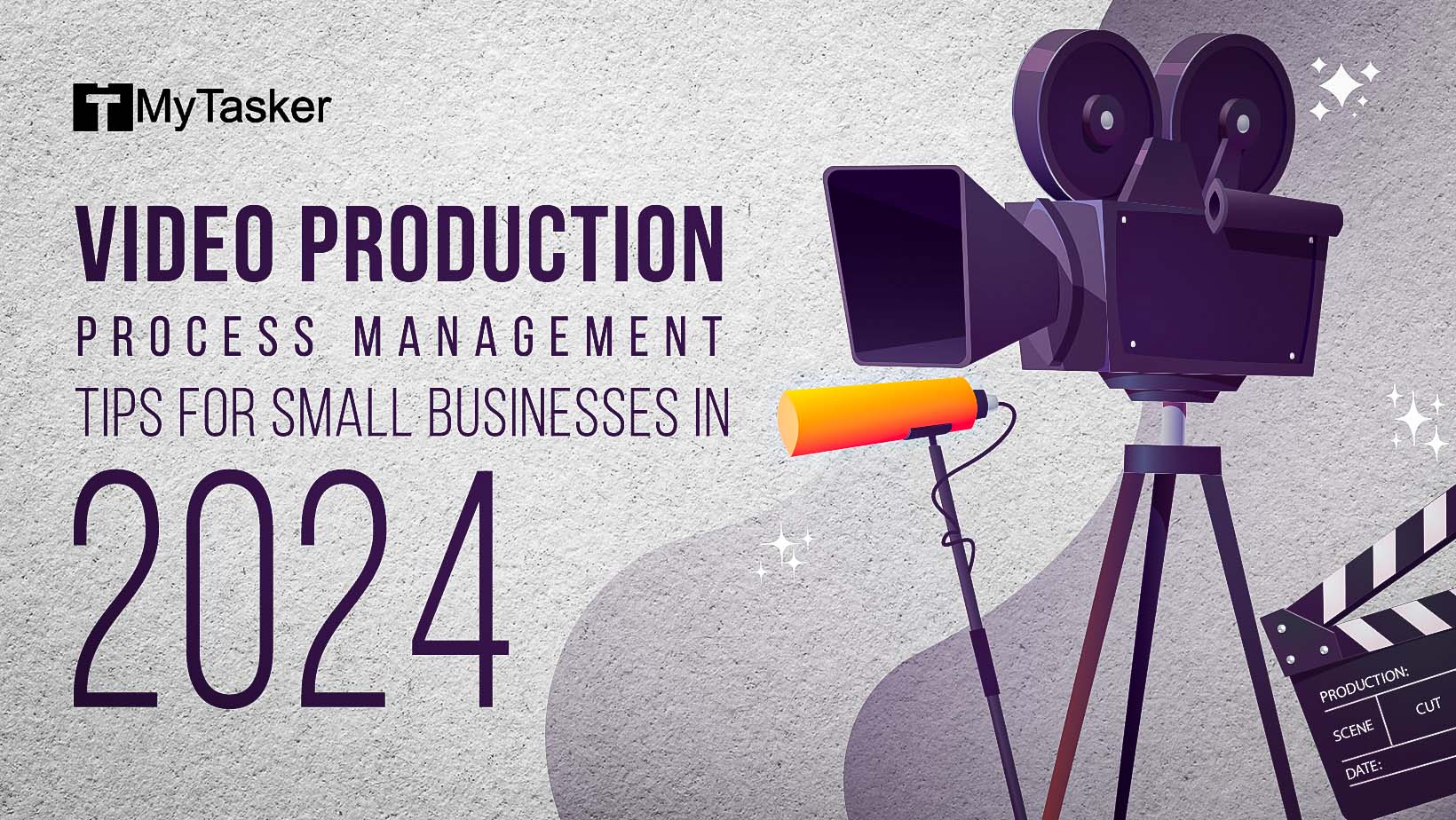Video has always been an effective medium to directly communicate with customers and showcase what your brand offering is all about. Creating engaging video content may sound easy, but crafting a video is very challenging, especially when you don’t know what aspects to highlight. Also, video creation is a process that involves creating a design, building a set, shooting, animating, and post-production. It is entirely a collaborative effort.
A communication gap between different collaborators and third-party teams could create productivity issues and lead to poor customer experience. Common communication breakdown is widespread, and it ultimately leads to time and money wasted. Here, you may connect with the best online assistant services with prior experience in video production for effective management of the process.
Here, we have curated a few excellent ways to manage video production in easy and simple ways.
7 Effective Ways for Video Production Management
Set a Timeline and Project Requirements
The primary step in creating a video is setting a destination and then carving a path by taking steps toward it.
First, it is important to understand the scope of the video. You can start a video project by having a meeting with all the team members. You can hop on to a video conference via apps such as Zoom or Google Meet.
While you are having a meeting with your client, you must ensure to pose the questions about the following aspects:
- Length or duration of the video
- The type of video styles they prefer
- Target audience
- Deadline
- A resource or inspirational video to show the expectations of the created video
- A special USP they wish to showcase in the video
- The specific type of emotions they wish to evoke in the audience
- The platforms on which it will be displayed (for example, social media platforms)
Frame a Schedule
Once you have established a deadline, you can set timelines for particular aspects of video creation. If you are in the business of video creation, it is crucial to follow a permanent schedule that your team can quickly adapt to.
Having made a schedule, you must ensure to keep some time off for client feedback so you can work on them before you can proceed further in the video production process. This will ensure that you have a minimum timeline that your team takes to deliver a video.
As you are working on several videos at a time, this will help you see the schedule so you can manage your work by taking one task at a time while keeping the rest in the pipeline.
Select the Right Tools
If you have established what tools you wish to work on within your video production process, everyone on the team should have a clear idea of it.
For instance, if your content creation team creates content in Google Docs, the client checks the work and offers their views by adding comments however, the design team may communicate via email. And they may work on the script differently. This way, instead of being on the same page, everyone on the team is scattered. Having your team on the same page concerning tools is a great way to start. However, it is important to find the right video editing software for your teams and clients. Tools for project management make the regulation process easier with affordable tools and user-friendly features. Tools like Slack and Project.co, Zoom, and Google Meet are excellent project management and communication tools to go back and forth between clients and team members.
Keep an Eye on Your Schedule
As soon as you have established your schedule; your team is on the same page regarding which video editing tools to use. Your video production will be automatically streamlined. You must monitor the entire process to ensure everything is going in the right direction.
At times, you have your hands full with multiple video projects that run through weeks and even months. Therefore, it is of utmost importance to organize everything so you do not miss out on something crucial.
Apart from visualizing your projects, you must set up a regular communication system so the team can share their updates and talk about the issues they have. You can have weekly or daily meetings to check if things are on track.
Having short meetings to share quick updates can help project supervisors get a vivid idea of the video production equipment and the project so they can identify bottlenecks beforehand and resolve the issue at hand.
All Communication Should Be In One Place
A project management tool is an extremely rare but useful communication tool. However, a majority of businesses rely on email to pass on business communications to clients.
However, emails have their challenges, and it can become very frustrating. For instance, it is difficult to share long videos through emails.
Also if someone on the team is not present, the important message may be lost in the inbox. This may cause delays. Having a CRM is an excellent way to keep things rolling. On a CRM you have all the information in one place. Your team can work together and have discussions about the project and get instant notifications regarding the project.
Focus of Collaboration
Creating new videos is a collaborative art. It requires ample review and feedback from different team members and extensive video content planning.
There are many tools that you can use in real time to give feedback. Tools such as Google Docs, Google Slides, Frame.io, etc., will help you immensely with the entire project.
Keep a Track of Time
Monitor the time spent on video projects. It is an amazing technique to justify video marketing management efficiency.
Allocate project time and tools strategically to departments to ensure the project is completed within a specified deadline for maximum profit. It is pivotal to keep some buffer time in reserve for rework and miscellaneous tasks.
Track and note the time spent by each project member regularly to achieve the results swiftly.
Bottom Line
Managing video production effectively is crucial for ensuring smooth collaboration, meeting deadlines, and delivering high-quality content. The seven effective ways outlined provide a comprehensive guide for businesses and teams involved in video creation. Setting clear timelines and project requirements, framing schedules, etc., are key elements in achieving success in video production.
By following these practical steps, businesses can streamline their video production processes, avoid communication breakdowns, and enhance overall productivity. Successfully managing video production not only ensures projects stay within budget but also contributes to a positive client experience. Using effective communication platforms like Zoom and Google Meet can significantly improve collaboration and project outcomes.
Ready to elevate your video production projects to the next level? MyTasker could be our ultimate solution. Our knowledgeable team members will help you navigate the possibilities in your video requirements. We understand the needs and offer our services tailored to your requirements. If you are curious about how we can help you create an excellent promo video for you, Contact us today for a free consultation.















